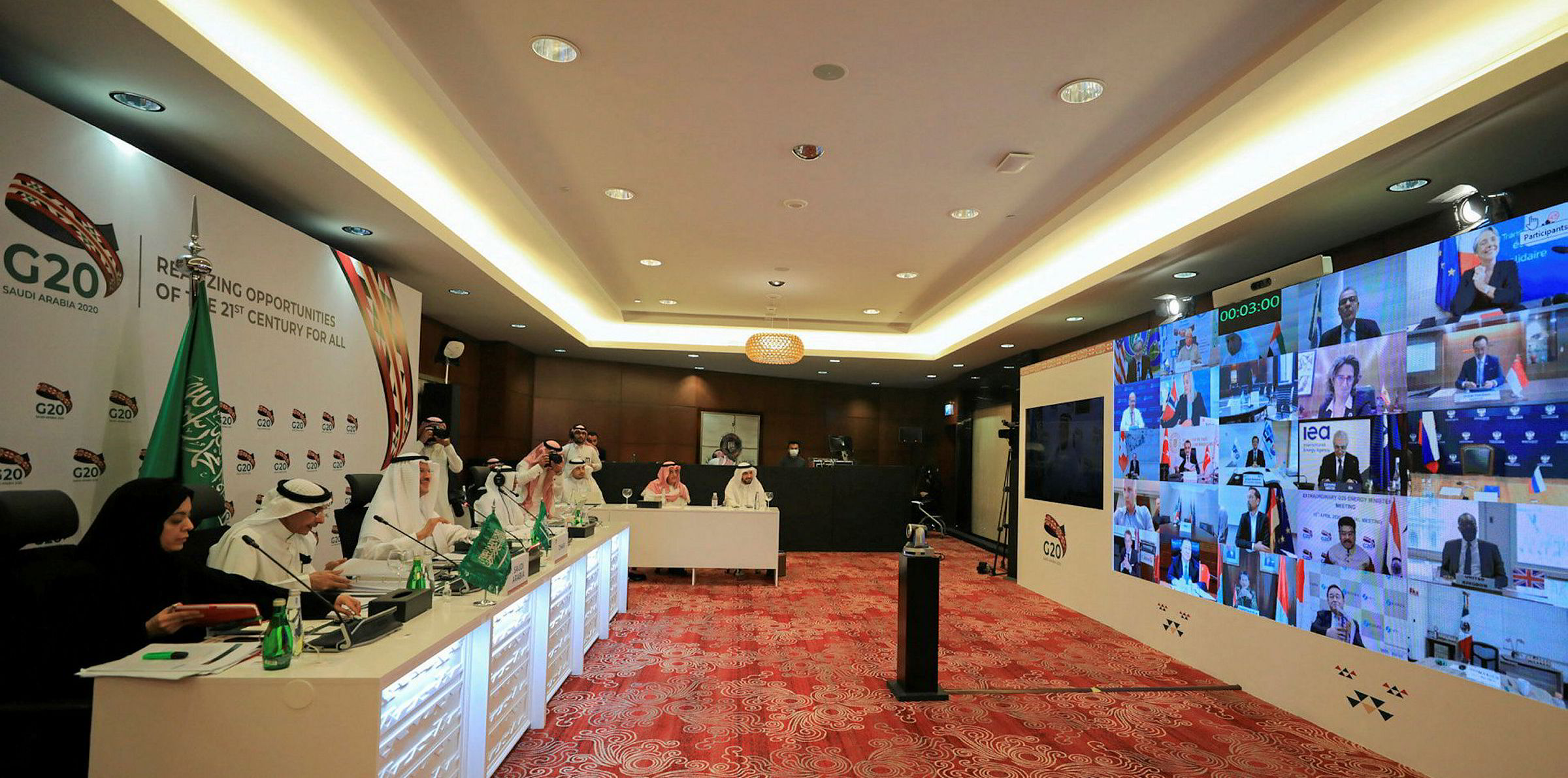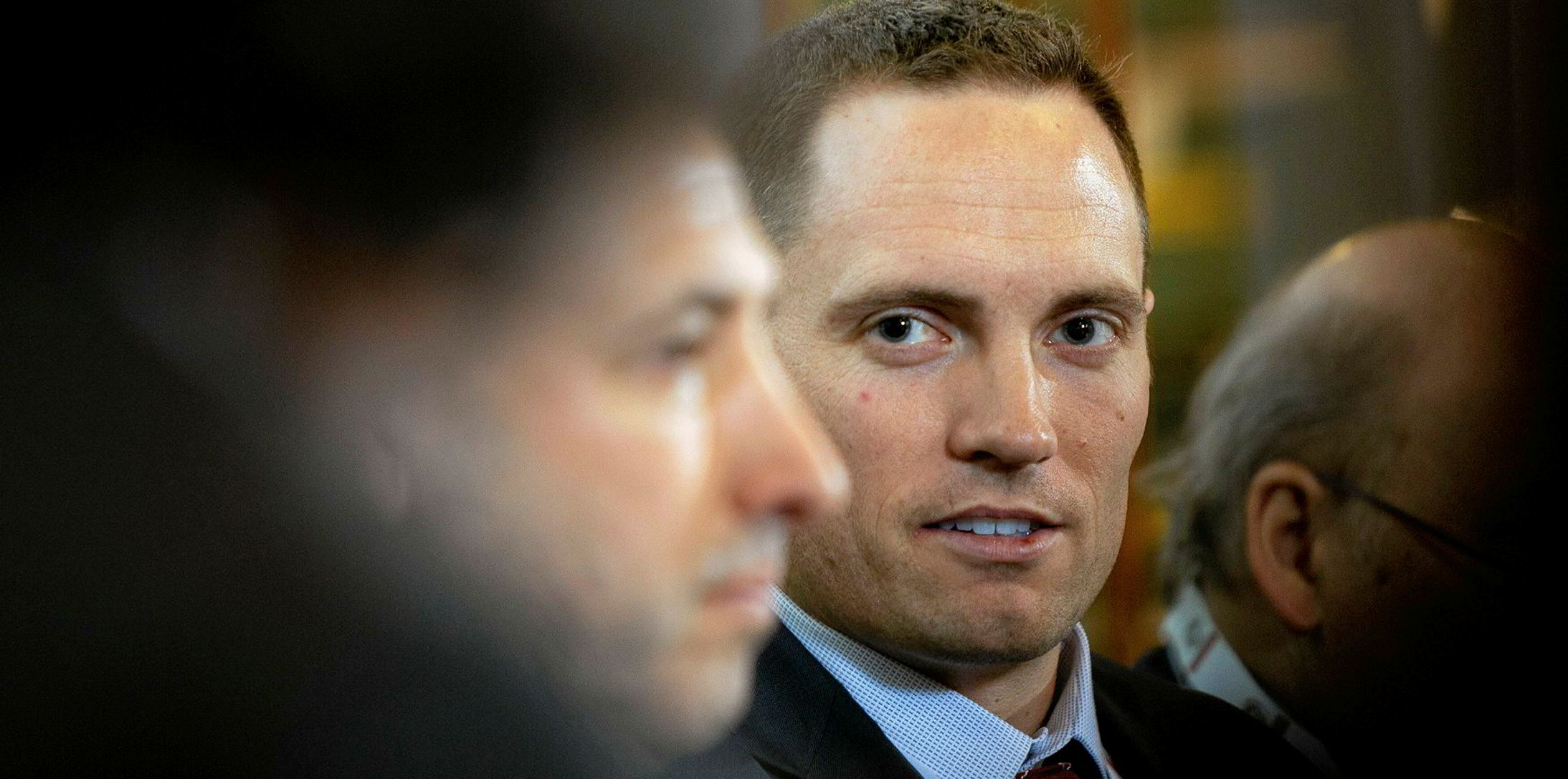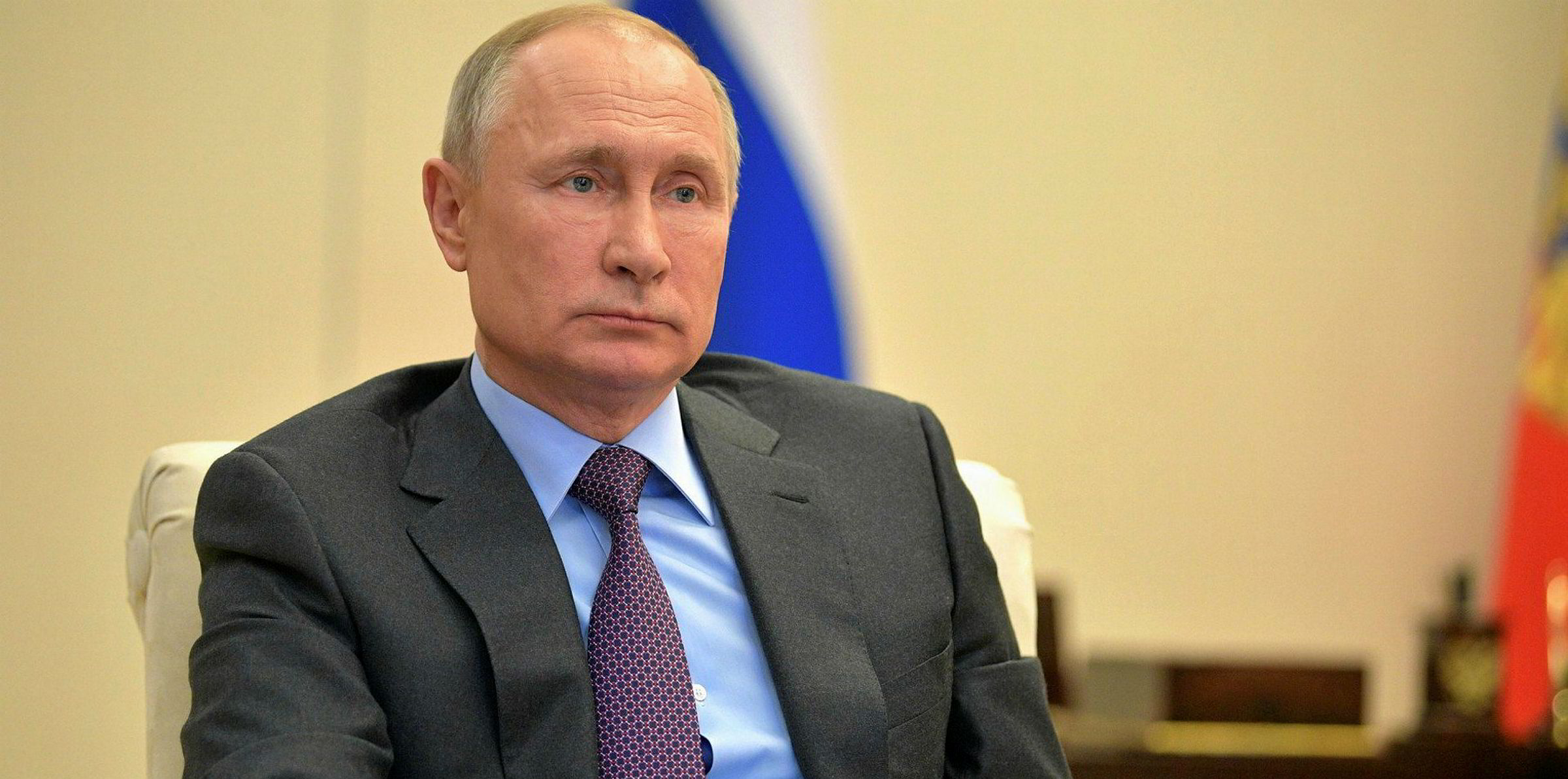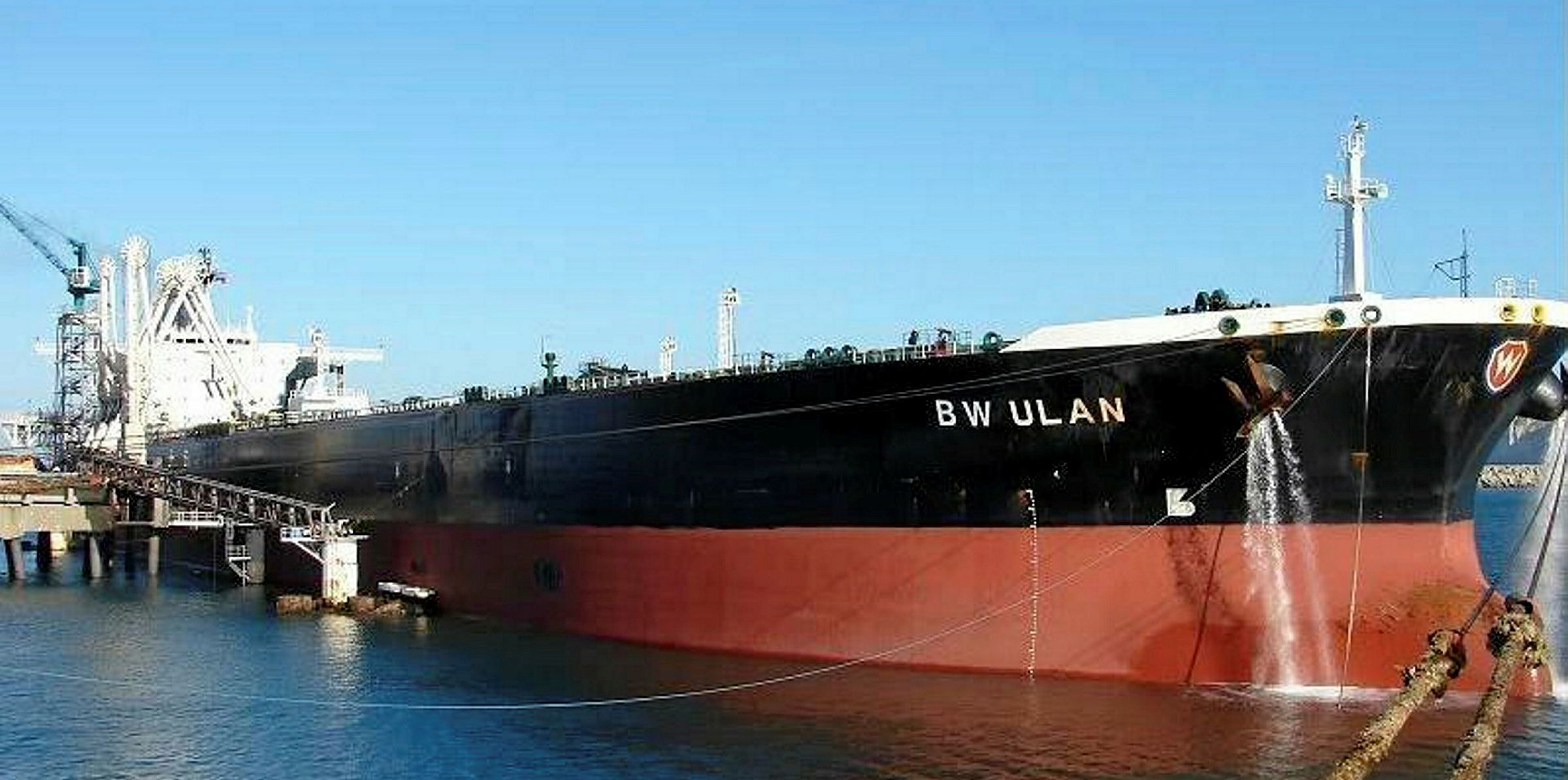Tanker owners are likely to feel emboldened that the freight market will remain strong in the coming months on expectations of continued demand for oil storage.
Global political efforts in recent days to cut production appear to fall short of meeting market expectations of a collapse in demand.
The G20 group of major economies yesterday failed to offer explicit oil supply cuts to complement Opec+’s tentative agreement to slash a record 10m barrels per day (bpd).
The countries said they had committed to taking “all the necessary and immediate measures to ensure energy market stability”, without commenting on any production figures.
However, after Friday’s G20 virtual summit, Russian energy minister Alexander Novak said in a TV interview that Opec+ expected producers outside the group to cut output by a further 5m bpd in May and June.
“To underpin global economic recovery and to safeguard our energy markets, we commit to work together to develop collaborative policy responses ... taking into account each country’s circumstances,” the G20 statement said.
“We recognise the commitment of some producers to stabilise energy markets. We acknowledge the importance of international cooperation in ensuring the resilience of energy systems.”
“We establish a short-term Focus Group, with the task of monitoring the response measures.”
Before the onset of the coronavirus pandemic, global oil consumption was around 100m bpd. That is estimated to have fallen by one-third in recent weeks.
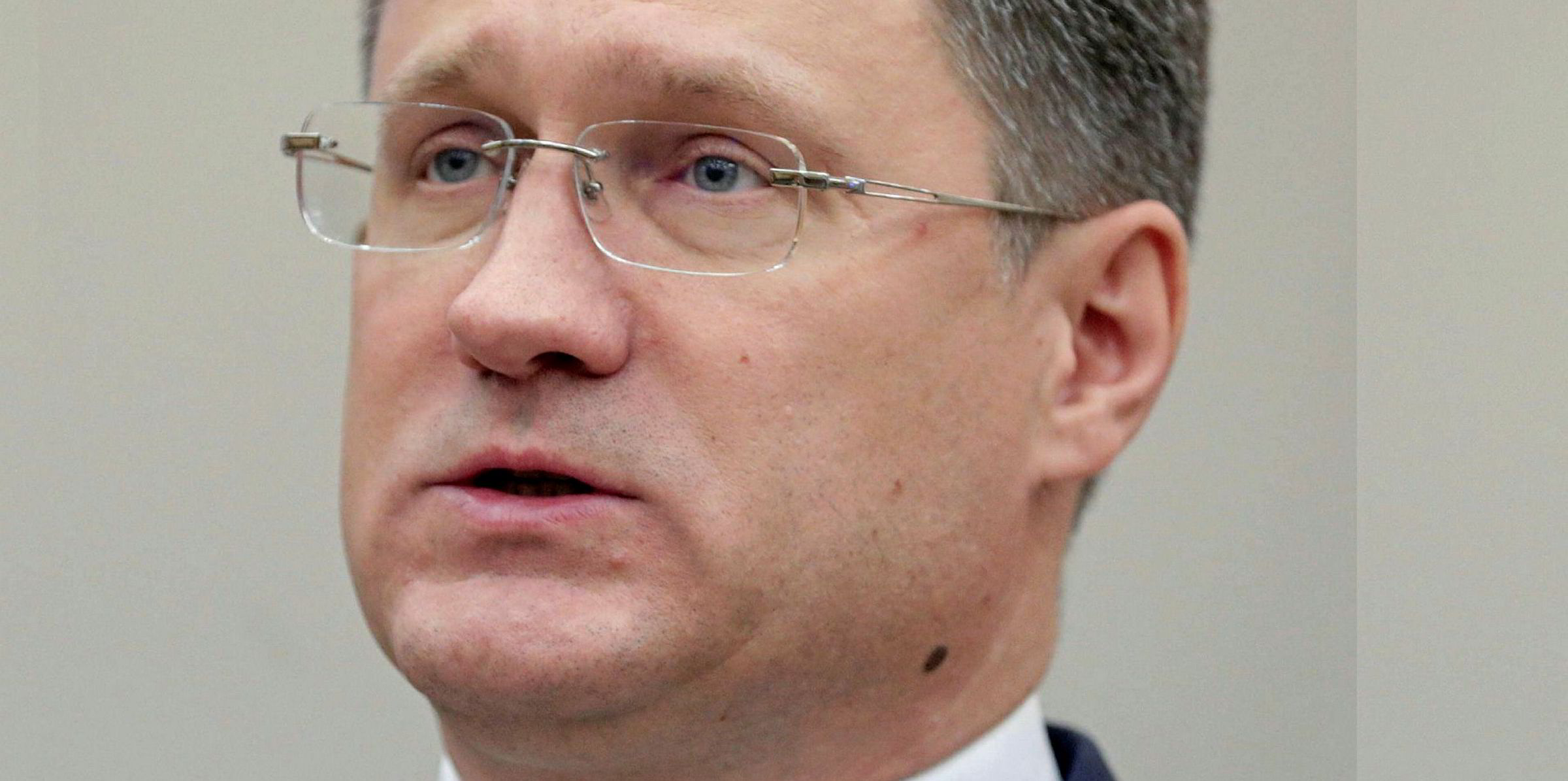
Need for floating storage
But analysts said current G20 and Opec+ commitments are insufficient to ease oversupply in the oil market, suggesting large quantities of crude would still need to be stored at sea.
“A 10m-bpd cut is already priced into oil futures and it will not be enough to balance the market. So floating storage demand should be there for short term, maybe maximum three to four months,” said a London analyst.
The oil market will still face a supply overhang of 10m bpd or more in the second quarter, with global demand falling by 27m bpd due to the pandemic, Rystad Energy estimated.
“The proposed cut alone cannot reverse the deep contango curve of Brent prices in a meaningful or lasting way as storage is needed to remain economical to handle the current and still coming oversupply,” the consultancy’s oil markets analyst, Louise Dickson, said.
“We aren’t sold that the current oil market optimism — with Brent in the low $30s — is warranted, and still believe that we need to see a bigger contango to pay for all the storage that will soon be needed.”
According to Greek shipmanager Signal Group’s estimates, 57 VLCCs would be required for oil storage if crude production outstrips demand by 10%.
Uncertainty over Opec+ deal
Moreover, the Opec+ deal still faces a final hurdle as Mexico continues to hold out.
The country committed to only a 100,000-bpd reduction, while the group asked for 400,000 bpd, Reuters reported.
On Friday, US President Donald Trump sought to intervene by indicating his country is willing to reduce output by 250,000 bpd.
“The United States will help Mexico along and they will reimburse us sometime at a later date when they are prepared to do so,” Trump told a press briefing. “We are trying to get Mexico, as the expression goes, across the barrel.”
Trump did not mention how Washington plans to implement the cut. The US does not have a legal regime to control production levels of private oil firms.
Some media outlets reported that Mexico and Saudi Arabia continued their negotiations over the Opec+ deal on Saturday morning.
